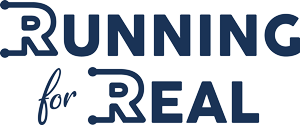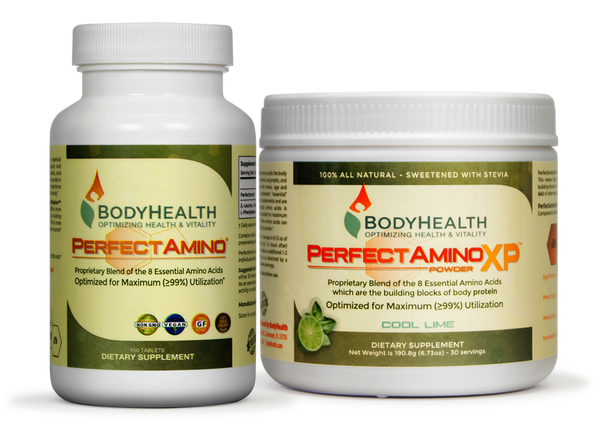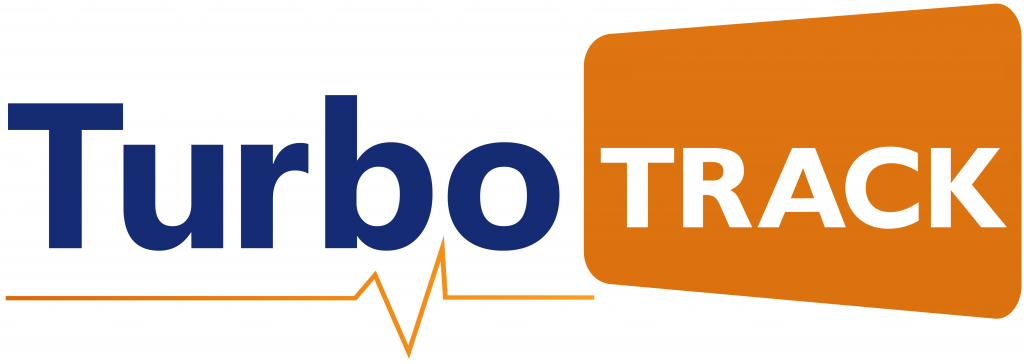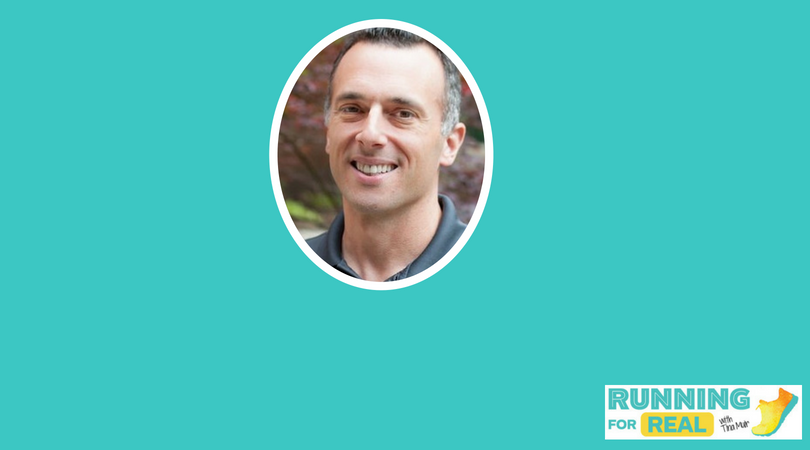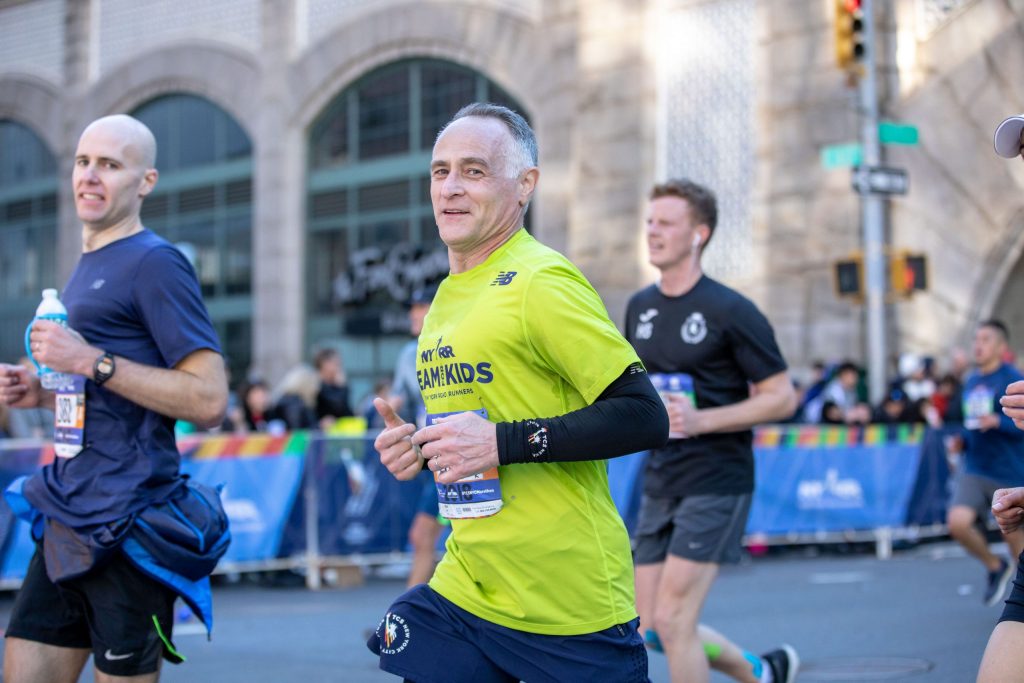When was the last time you consciously decided to face one of your fears head-on? Can you think of when you last conquered a hard task that you dreaded? How did it make you feel?
Often the majority of suffering comes from the time prior to completing a hard task. The period of time when you dread what you have to do, or how it will look if you fail, or how much work it will take to succeed. The actual doing, the active moments when you face that fear or task, truly the only moments when you feel alive, those moments are hardly painful at all.
Whatever we spend our time doing, we get better at. Like our muscles, our ability to face fears, to try new tasks, or to learn new things atrophy or hypertrophy. When we push ourselves to the limit, that limit expands, making it easier to get to our personal best again and possible to beat our new personal best.
Sounds simple, right? Well, maybe not.
In practice, doing the hard thing is just that, hard. Difficult tasks and fears don’t seem like they can ever be easy or pleasurable. By very definition they can’t be. But, facing them can be learned. In fact, doing the thing that you are afraid to do is the number one piece of advice that we learned from one of the best running coaches alive.
Matthew Futterman had the opportunity of a lifetime when he began writing his new book “Running to the Edge.” He interviewed Bob Larsen who has coached elite runners since the late 50’s. His book follows Larsen as he coached National Champions and Olympic Medalists. Today he shared some of the things he learned along the way.
Know When to Push Yourself
The popularity of running in the U.S. and its ability to produce world class runners has had a few high and low points in the last 50 years. Media has portrayed running as a secret to heart health and long life as well as a sure-fire way to end up with knee replacements and heart attacks. Some highly watched athletes have trained themselves into the ground, mentally and physically, and the science of running has had complete 180-degree turns even within the last decade.
The study and experimentation of running long distances as fast as you can has been a work in progress. But today we know more than ever and can give simple guidelines as to when to rest and when to push.
The simple way to know when to push yourself and when to rest is just by how you feel. A rule of thumb is to rest when you feel exhausted or injured and push yourself when you feel strong. This is something that you can learn over time but is crucial to know if you want to stay healthy and get faster.
Know What You Don’t Know
A trait that Bob Larsen had that helped him excel as a coach was being willing to ask questions when he didn’t know the answers. A certain meekness and humility may not be the most popular road to success, but it is definitely the fastest. And isn’t that what we runners are all about?
There are things you don’t know, and then there are things that you don’t know you don’t know. In both cases the answers to these unknown questions can open doors you didn’t know existed. If you are more focused on the task of doing your best, and less concerned with how you appear as you get there, you will be more willing to ask questions and accept help from those around you.
Finding New Limits with Friends
Most of the best runners in the world have trained with teammates consistently. When Coach Larsen learned that the fastest long-distance runners at the time were running in groups and training at high altitudes, he teamed up with another coach and recruited top U.S. runners to train in Mammoth Lakes, California.
At Mammoth, newly formed teammates learned from each other and from new coaches. They trained where they could get the best workouts and found friendly competition a highly effective training tool. This retreat produced some of the best runners the United States had seen and reunited Americans with their love for running.
When we train with others we learn, enjoy comradery, and become motivated to run a little (or a lot) faster. While it may not be your cup of tea to run with others every day, doing so once a week or a couple times a month is sure to lengthen your stride (pun intended).
If running with friends (or making a new friend) is one of your fears, make it a goal to face it. Look for opportunities to do the hard thing, ask for help, and work hard when you feel strong. These tips from professional journalists and coaches will expand your limits.
Resources:
City Slickers Can’t Stay with Me
(book) Running to the Edge: A Band of Misfits and the Guru Who Unlocked the Secrets of Speed
Listen to the Running for Real Podcast here:
[podcast src=”https://html5-player.libsyn.com/embed/episode/id/10698272/height-orig/90/theme/custom/thumbnail/yes/direction/forward/height/90″ height=”90″ width=”100%” placement=”bottom” theme=”custom”]Apple (iTunes) Podcast | Sticher | Castbox | Overcast | Spotify | Google Play | iHeartradio |
If you are struggling to recover quick enough from your training, my little secret is to use BodyHealth Perfect Amino to get you there. It contains all the essential amino acids, and is very easy for your body to use and begin the repair process.
Click the link and use code TINAMUIR10 for 10% off.
Turbo Track.me is an amazing streaming platform with a wide variety of classes, where you can actually interact with the instructors as well. The classes include meditation, strength training, and stretching classes. It tracks heart rate, resting heart rate, distance, calories, intensity, recovery, and heart rate zones.
They are offering a FREE 90 DAY TRIAL with code TINA, and if you go beyond the 90 days you will receive a free forearm heart rate device.
I am very pleased to have MetPro as a sponsor for the Running 4 Real podcast. Yes when this company reached out to me I wasn’t too excited about, but with just one phone call conversation with them and they won me over! They are not wanting to guess what to do with your metabolism, the experts at MetPro are there for you to help you reach any of goals or the struggles you may be going through.
Click here to receive a FREE metabolic scan of your body as well as a 30 minute consultation with one of the MetPro experts.
Thanks for Listening! I hope you enjoyed today’s episode.
To share your thoughts:
Leave a note in the comment section below.
Join the Running for Real Facebook Group and share your thoughts on the episode (or future guests you would like to hear from)
Share this show on Twitter, Facebook, Instagram, or Pinterest.
To help out the show:
Leave an honest review on iTunes. Your ratings and reviews will really help me climb up the iTunes rankings and I promise, I read every single one.
Not sure how to leave a review or subscribe, you can find out here.
Thank you to Matt, I look forward to hearing your thoughts on the show.
